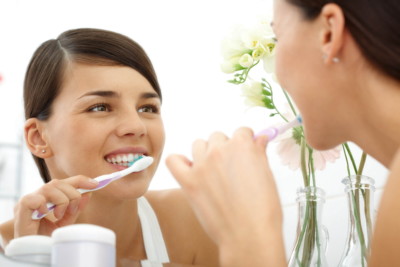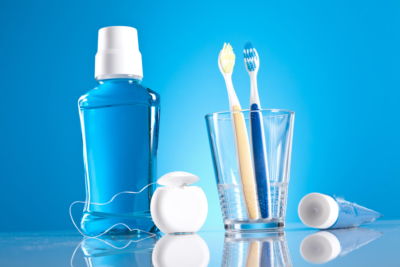Since the invention of the hog bristle toothbrush, dental products have advanced significantly over the years. You may find the following toothbrush information interesting. Below are the fun facts a dentist in Greenville, NC, talks about when asked a toothbrush question.
 INTERESTING FACTS ABOUT TOOTHBRUSH
INTERESTING FACTS ABOUT TOOTHBRUSH
Use of Toothbrush Exceeds More Than Three Months
Most people use their toothbrush longer than three to four months, even though it is advised to replace them every two months. To keep your teeth clean and avoid gum infections, switch brushes frequently. Moreover, the typical person brushes their teeth for around 48 seconds each day, although dentists advise spending at least 2-3 minutes.
Don’t Put a Cap on Your Toothbrush
Putting a cap on a toothbrush is a widespread practice, but it’s more ill-advised since the moisture it traps might encourage bacterial development. When a toothbrush is covered after use, a moist environment is created around the brush bristles, enabling bacteria to proliferate more quickly than when the toothbrush is left uncovered.
Open air promotes quick drying, inhibits the formation of bacteria, and prolongs the useful life of your toothbrush. To prevent cross-contamination, store your toothbrush separately from other toothbrushes. This will also allow for quick drying and more hygienic storage.
Toothbrush History
In China in about the year 1498, bristles from pigs, horses, and badgers were utilized to create the first toothbrush. However, it was only in 1938 that the first toothbrush for sale was produced.
The early toothbrushes were only “chew sticks,” which were thin, frayed twigs used to remove food particles from between teeth and plaque from teeth. This was a slight improvement over the prior practice of utilizing plants, feathers, or anything else to wash and clean the teeth by twisting and rubbing these sticks against the teeth. Some chew sticks, intended to freshen breath, were manufactured from fragrant wood.
Bamboo Toothbrush Trends Are Reappearing
The simple toothbrush is being brought back to its roots, even though it has spent ages transitioning from natural to artificial materials. As people become more knowledgeable about the relationship between health, plastics, and the environment, natural and environmentally friendly alternatives to plastics are growing in popularity. Public demand for eco-friendly products and alternatives is growing in tandem with increased initiatives to conserve nature.
What’s With the Blue Toothbrush?
According to experts, blue emits positive implications. Stability, communication, tranquility, peace, accountability, reason, introspection, and calmness are all positive implications. On the other hand, coldness, detachment, neutrality, and brevity are negative connotations.
Although the fact that blue is the most popular hue in the world may not shock you, it might be something to consider. Blue has an impact on us intellectually and mentally rather than physically. This color tends to ‘appease’ viewers, whereas a color like red tends to ‘provoke’ their physicality. The color’s non-intrusive qualities stifle “aggressive” feelings in the truest sense of the word. The statement that “blue is the world’s favorite color” is supported by the hue’s worldwide appeal.
For dental hygiene, we rely significantly on toothbrushes. What exactly do you know about your toothbrush, though? Even though we use toothbrushes frequently, most of us probably don’t know much about this tiny device. Since its creation a little over 200 years ago, it has assisted us in the fight against a variety of dental disorders.
 LOOKING FOR A DENTIST IN GREENVILLE, NC?
LOOKING FOR A DENTIST IN GREENVILLE, NC?
You can ask your dentist for advice on maintaining proper oral hygiene and tooth-brushing techniques. If you need assistance, don’t hesitate to contact us!



